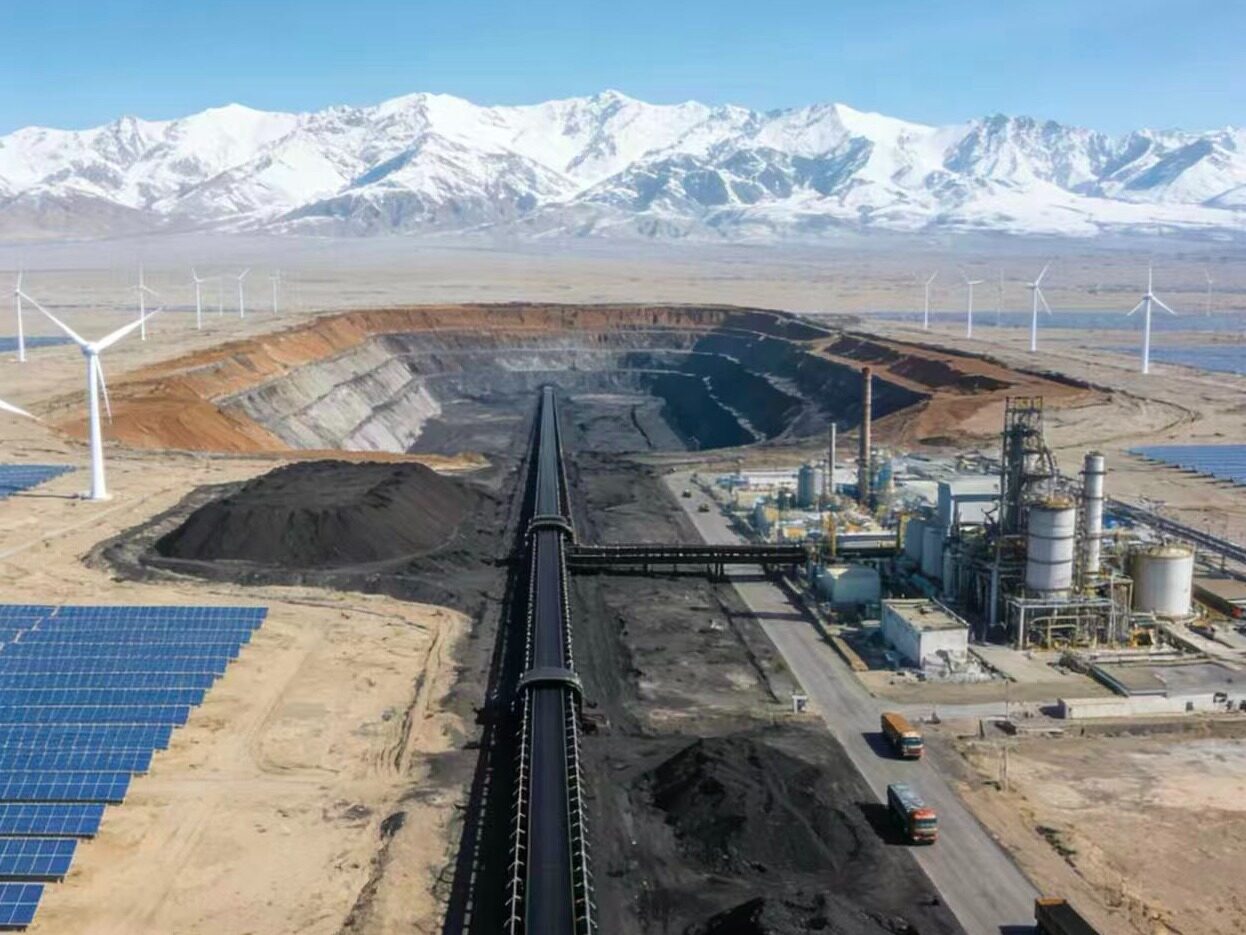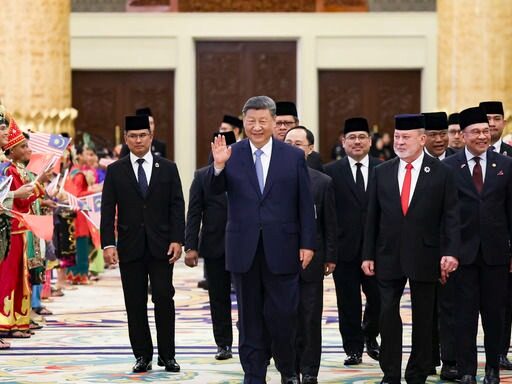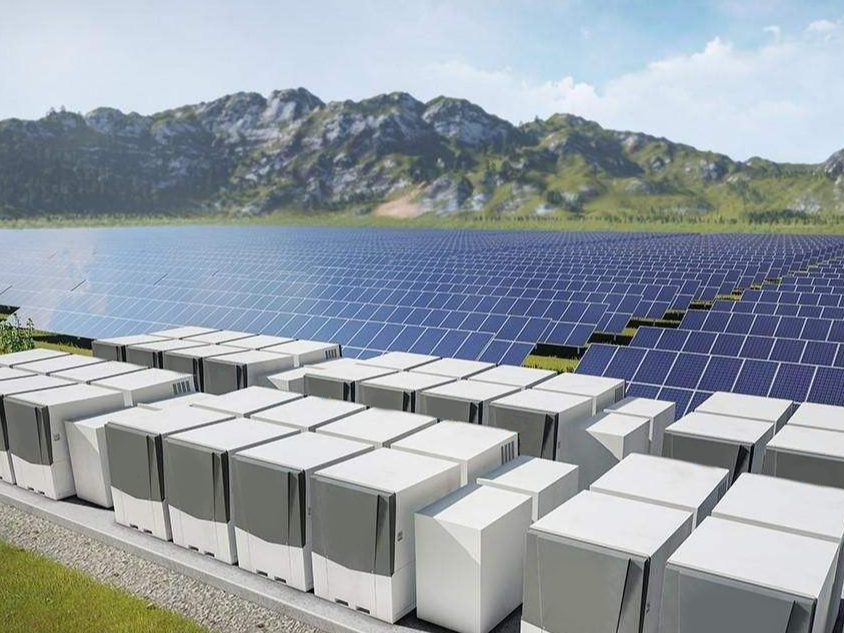- The international community actively explores a win-win path between global climate change and economic development

The carbon market is currently one of the market-oriented tools adopted by the world to control greenhouse gas emissions, and the connection of the carbon market is an important development direction to better play the role of the carbon market on the basis of the construction of the regional carbon market. On the eve of the official launch of China’s national carbon market, the Central University of Finance International Research Institute for Green Finance and the Konrad-Adenauer Foundation of Germany jointly released the research results "Feasibility Study of Carbon Market Connection: China and Southeast Asia", aiming to use existing international cases as examples. Basically, sort out the necessary conditions for carbon market connection, summarize the development status of China's carbon market and the carbon market mechanism of Southeast Asian countries, and discuss the possibility of carbon market connection in various countries and the future development direction.
The necessity and feasibility of carbon market connection
At present, the carbon market is becoming an important tool to help reduce greenhouse emissions to achieve the goals of the Paris Agreement, and the size of the market is one of the important factors affecting the efficiency of carbon market operations. In order to ensure the effective operation of the carbon market, it is necessary to achieve a sufficient scale of transactions to ensure market liquidity. If a country or region has a limited carbon market and insufficient market participants and investors, the carbon market lacking the necessary liquidity cannot play an effective role in market pricing, nor can it form a reasonable carbon price to guide market development. Emission reduction actions.
In order to circumvent this problem, some countries and regions have begun to explore the connection of carbon markets, so as to create a larger carbon market with more efficient transactions and stronger market liquidity. Through the carbon market connection, the richness of the market’s compliance entities has been significantly increased, and emission reduction units in different regions can also bring more and different emission reduction paths to the market, and the resulting carbon price can be more fully reflected in the current region. In order to balance the cost of emission reduction, and better form the social resource allocation of emission reduction costs and benefits through the carbon market.
Through the research and literature analysis of the carbon market connection cases of Norway and the European Union, Switzerland and the European Union, Quebec, Canada and California of the United States, as well as the regional greenhouse gas initiative, this report summarizes the key factors that affect the success of the carbon market connection, and establishes It analyzes the feasibility framework for connecting the carbon market of one country/region A with the carbon market of another country/region B.
The core factors that affect the carbon market connection that are concerned in this framework mainly include four dimensions, in order: climate ambition, that is, the determination of the relevant countries or regions to respond to climate change, which is mainly reflected in the commitments of various entities through nationally determined contributions or other means. Commitments to reduce emissions or carbon neutrality, as well as the sustainability of the commitments and the urgency of the commitments; to connect the political, economic, and environmental relations between the subjects, such as whether the two parties belong to the same political alliance or economic alliance, and signed the relevant Trade agreements have reached certain environmental initiatives, etc.; the robustness of the carbon market’s foundation is reflected in the clarity of the carbon market legislation and the effectiveness of the regulatory system, as well as the soundness and reliability of the carbon emission monitoring, reporting, and verification system; The compatibility of market design elements, that is, whether the carbon market covers the industries, whether the gas scope is consistent, whether the design of the total allowance can be unified, and whether the allowance allocation method is compatible, etc.
The development status of the carbon market in China and Southeast Asian countries
In order to effectively deal with climate change, China and Southeast Asian countries have made diversified attempts in carbon pricing. China has started the pilot carbon market since 2011, and will soon start trading in the national carbon market. Considering China's huge volume as the world's largest emitter of greenhouse gases, the launch of China's national carbon market is expected to have a significant impact on the global response to climate change. Especially for its neighboring countries, the design and development of China's carbon market will greatly promote and guide the development of regional carbon markets.
At present, China's national carbon market has entered the final stage of preparation before trading. Refer to the "2019-2020 National Carbon Emissions Trading Quota Setting and Distribution Implementation Plan (Power Generation Industry)", "Carbon Emissions Trading Management Measures (Trial)" and "Interim Management of Carbon Emissions Trading Management" issued by the Ministry of Ecology and Environment Regulations (Revised Draft) and other documents, the national carbon market to be launched will take the ecological environment department as the main regulatory agency and cover the carbon dioxide emissions of fossil energy power generation and heating industries. In the early stage, the benchmark law will determine the emissions of each key emission unit. Allocation of quotas, and add them to form the total amount of national quotas. In addition, the initial allocation of allowances will be based on free allocation, and at the same time, the national certified voluntary emission reductions will be allowed to offset carbon emission allowances, and the offset ratio shall not exceed 5% of the carbon emission allowances that should be paid.
Southeast Asian countries adjacent to China are also currently trying to build a carbon market to explore the possibility of carbon market as one of the tools to achieve the goal of nationally determined contribution: Vietnam has recently revised the national environmental protection law, and Among them, the carbon market and MRV system design are required to build the policy basis for the construction of the carbon market; Indonesia’s Ministry of Environment and Forestry is currently drafting relevant policies, preparing to phase in a way from voluntary transactions to gradual total control. Complete the construction of the carbon market, mainly for the future development of the carbon market in the power generation and industrial sectors; Thailand has established an MRV system for greenhouse gas emissions and launched the Thailand Voluntary Emission Reduction System (ThailandV-ETS) in 2015. Currently, Thailand is preparing a corresponding strategic plan for the launch of the carbon market, including the structure design of the pilot carbon market and the establishment of a trading platform; the Philippines has put forward the latest proposal to build a carbon market in the "Low Carbon Economy Act" in 2020. , The proposal is currently being reviewed by the newly established technical working group, and the timeline for the formal establishment of the carbon market is not yet clear.
Feasibility analysis of regional carbon market connection
This study explores the feasibility of carbon market connection between China and Southeast Asian countries, focusing on the coordination of countries in the fields of climate ambition, international relations, and carbon market construction planning. The carbon market connection between China and Southeast Asia is possible, but it is very difficult to implement in the near future, mainly for the following three reasons:
Countries have strong climate ambitions, but the implementation methods are different. A country’s climate ambitions are mainly affected by two factors: on the one hand, the urgency of the country’s climate risk, and on the other hand, the impact of climate change actions on the country’s economic development. The Southeast Asian countries studied in this article are all countries that are extremely vulnerable to climate risks. Due to the characteristics of the coastal and diverse ecosystems, these countries are vulnerable to floods, droughts, sea level rise, and many other extreme climate risks. Stronger climate ambitions. China also faces significant climate risks. It has already promoted relevant legislation and planning, and is about to launch the world's largest carbon market transaction. It is ahead of Southeast Asian countries in the practice of climate action, showing a clear determination to tackle climate change.
However, comparing the nationally determined contribution targets set by China and Southeast Asian countries, due to the different economic development stages and development characteristics of each country, the emission reduction targets selected by China are measured by the carbon emission intensity index of carbon dioxide emissions per unit of GDP. The baseline value is the carbon emission intensity in 2005; while other Southeast Asian countries all use the absolute value of greenhouse gas emissions as an indicator, and the baseline value selects the scenario assumption value under "business as usual". The differences in the setting of climate change targets still exist, and the resulting different emission reduction paths will lead to difficulties in matching emission reduction targets, which has caused difficulties for all parties to coordinate their goals first.
The close but complex ties between China and ASEAN countries. The communication between Southeast Asian countries and China is often carried out in the form of the Association of Southeast Asian Nations. China and ASEAN have close economic and trade relations, and cooperation in the carbon market based on this is a development direction in the context of the globalization of future work on climate change. China and ASEAN countries established cooperative relations as early as 1991, signed the China-ASEAN Comprehensive Economic Cooperation Framework Agreement in 2002, and formally established the China-ASEAN Free Trade Area in 2010. At present, the two sides have become important economic partners. China has been ASEAN’s largest trading partner for 11 consecutive years, and ASEAN has replaced the EU as China’s largest trading partner in the first half of 2020. In November 2020, China and ASEAN jointly signed the Regional Comprehensive Economic Partnership Agreement with Japan, South Korea, Australia, and New Zealand, which further consolidated the trade relationship between the two parties. In addition, the close ties between China and ASEAN are also reflected in many other areas such as politics, security, and the environment, such as the China-ASEAN Environmental Protection Cooperation Strategy and the China-ASEAN Environmental Protection Cooperation Strategy reached by China and ASEAN. "China-ASEAN Environmental Cooperation Action Plan" and other cooperation agreements have laid the foundation for cooperation between the two parties in the carbon market.
However, although all parties have maintained good cooperation in many aspects as a whole, issues such as geopolitics and economics and trade are complex and changeable. It is still necessary to continue to pay attention to international issues such as the South China Sea dispute, which may restrict all parties from cooperating in the field of climate change in the near future. Obstacles.
The infrastructure required for the carbon market connection needs to be improved. According to the case experience of international carbon market connection, the realization of carbon market connection needs to be based on the stable operation of at least one carbon market. As the largest carbon market to be established in the region, China should first establish an internal market foundation for regional carbon market connections, and ensure complete legislation, a robust MRV system, and an effective trading system. In addition, in order to ensure the effectiveness of carbon market pricing, China's carbon market should accelerate the coverage of more industries and types of greenhouse gases, and tighten the total amount of allowances, and gradually form a total control based on carbon emissions as the measurement standard. Before China's carbon market realizes an effective pricing mechanism, any form of carbon market connection needs to be treated with caution.
Considering that the development of carbon markets in Vietnam, Indonesia, Thailand and the Philippines is still at an early stage, regional carbon market connections are expected to be difficult to achieve in the short term. At this stage, the main work direction is to further assist Southeast Asian countries to complete the infrastructure construction of the carbon market, improve the legislative work of carbon market construction, build a reasonable and effective MRV system, and explore the development of pilot carbon markets. It is recommended to actively increase the participation of all parties and use the World Bank PMR project or other ministry-level cooperation to assist in the design of a carbon market construction plan that is conducive to the realization of international cooperation. At the same time, international standards and best practices have been adopted to establish greenhouse gas emission MRV systems in various countries to form a preliminary foundation for the implementation of communication and cooperation between all parties. In addition, a carbon market fund can also be established to support the construction of carbon markets in ASEAN countries, and deepen the exchanges between China and ASEAN countries in the development of carbon markets, and build a common language for all countries in the design of market mechanisms in the field of climate change. Editor/Tian Zengpeng
Comment
 Praise
Praise
 Collect
Collect
 Comment
Comment
 Search
Search














Write something~